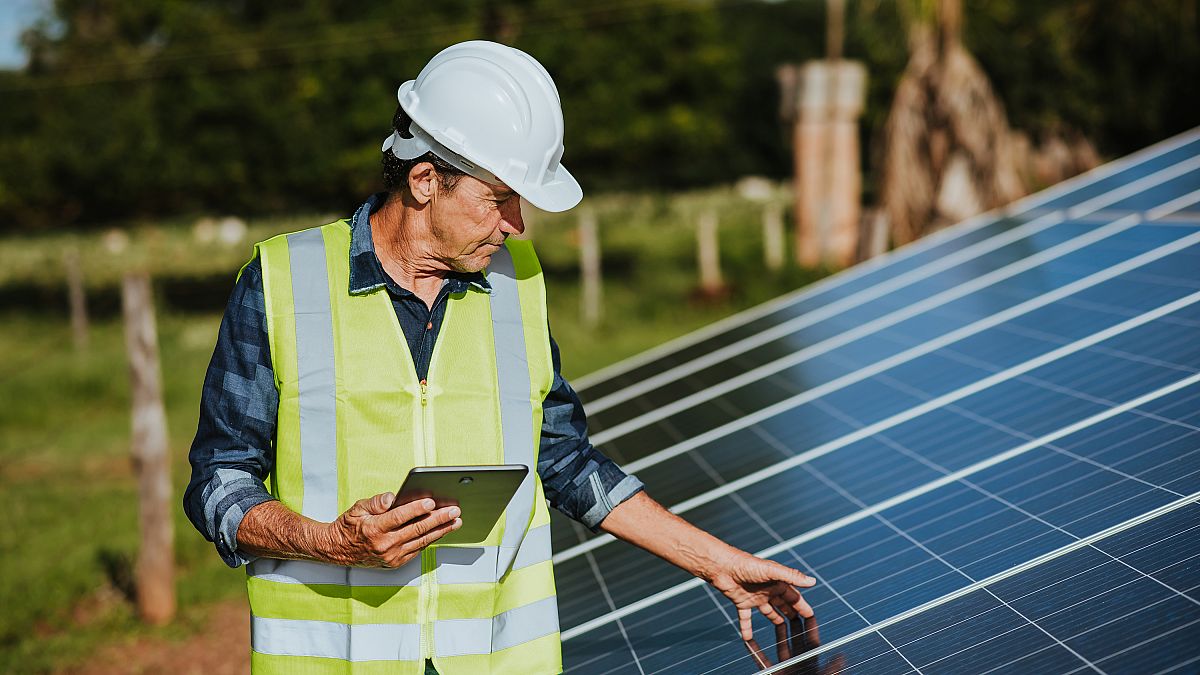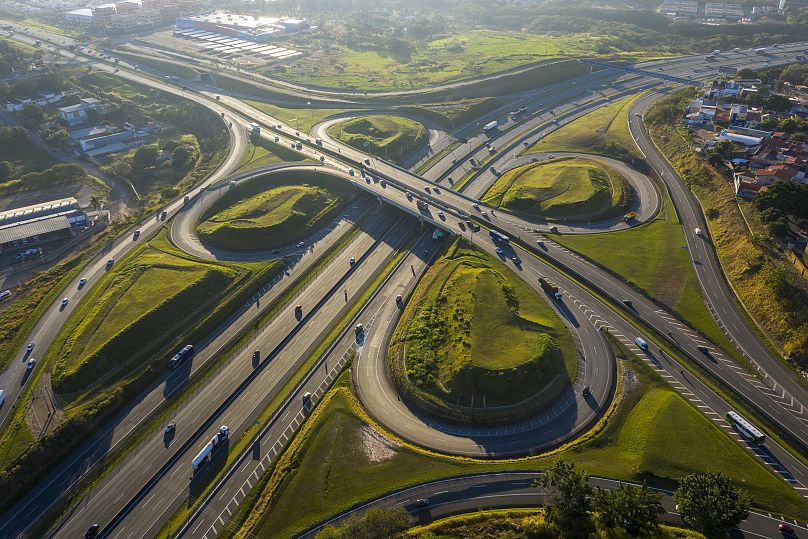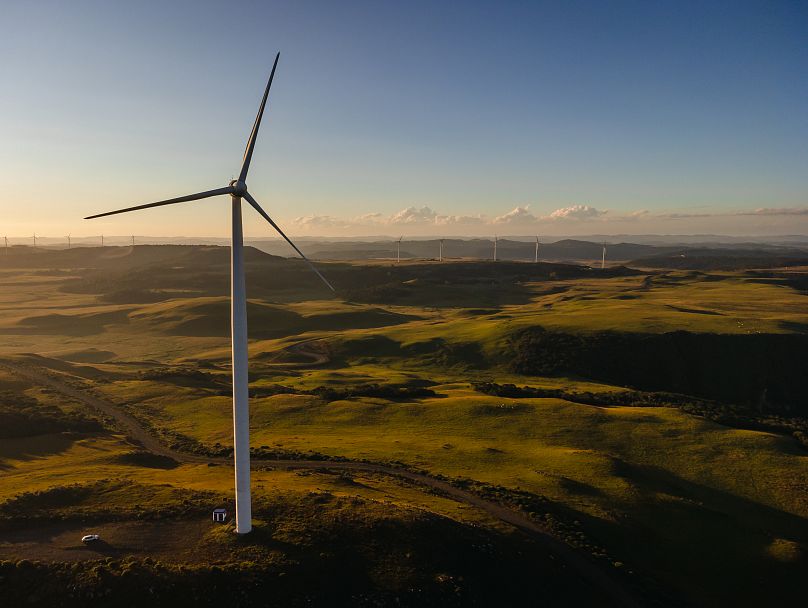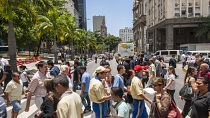With around 4,350 kilometres between its furthest points, Brazil is the fifth largest country in the world, flanked by 7,200 kilometres of Atlantic coastline and the borders of no less than ten South American countries.
This vast territory is made up of rainforest, rivers, wetlands, mountains and sprawling urban conurbations, connected by transport links that are the envy of the subcontinent.
Despite the pandemic and the subsequent uncertainties rattling economies around the globe, business is booming in Brazil, and a raft of measures streamlining the procedures for investment has raised confidence even further, making Brazil the sixth largest destination in the world for foreign direct investment (FDI).
According to recent UN reports, the number of financing proposals within the infrastructure sector rose by 53 per cent in 2021 and is set to rise still higher in 2022.
Upgraded transportation systems will allow the country to fulfil its potential
The sectors that the Brazilian government is targeting for foreign investment as part of its concession programme include railway and marine networks, electricity and sanitation. The modernisation of transport links is seen as an urgent need in such a huge country with a large population – for commuting, as well as the passage of goods and food.
Brazil’s abundant natural resources have long been exploited for export or the country’s own industrial sector, but most of these have come from the south and southeast, where most Brazilian industries have their base. Improved logistics would enable easier access to the wealth of similar resources in other regions.
The Brazilian road network is already the fourth largest in the world, while its railway network is the ninth largest. Substantial investment and huge strides in modernising the port sector will see the port of Santos, on the coast of São Paulo, transformed into the largest marine terminal in the southern hemisphere.
Since 2019, the Ministry of Infrastructure has auctioned off 84 transport assets; 34 airport concessions; 36 port leases; six major railway projects; seven road projects and one port privatisation.
The investment in these totals R$99.4 billion to date and is expected to rise to R$100 billion by the end of 2022, with concessions planned for a further 34 assets. In total, this is hoped to generate 1.5 million jobs.
Foreign investment is key to injecting resources into the country and increasing competitiveness in the markets, and the forthcoming government change is unlikely to disrupt the current concessions programme.
Harnessing natural resources for a cleaner future
Massive investment is also expected in the energy sector. Brazil is one of the largest producers of clean energy on the planet; globally, it’s the second-largest generator of hydroelectric power and the second-largest producer of biofuel after the USA. As a result of this it receives more in FDI than any other country in Latin America.
Around 84 per cent of Brazil’s electricity is generated from renewable sources. To put this into perspective, the world average is around 38 per cent. Wind and solar generation have increased hugely in recent years – with three quarters of the power plants entering service in 2021 being either wind or photovoltaic – as has the percentage of energy sourced from biofuels.
In 2021 alone, more than 24 million tons of greenhouse gases were avoided thanks to these biofuels, the most important and readily available of which is bioethanol, a product of Brazil’s vast sugarcane plantations.
Public campaigns have helped to raise awareness of climate change and ways to conserve energy, and while the uptake of electric vehicles has been relatively slow in the country, hybrid cars that can use a mix of petrol and ethanol, known as ‘flexible-fuel’ vehicles, have become hugely popular since they were introduced in 2013.
Brazil has the perfect conditions for sugarcane cultivation – including a warm and humid climate; endless tracts of arable land; and advanced agri-industrial technology – and ethanol production has started to outstrip local demand, making Brazil the largest ethanol exporter in the world, responsible for 90 per cent of the world’s export market.
The environmental and social benefits are inestimable, with a reduction in air pollution and carbon emissions when compared to petrol, as well as the creation of hundreds of thousands of jobs in the sector.




